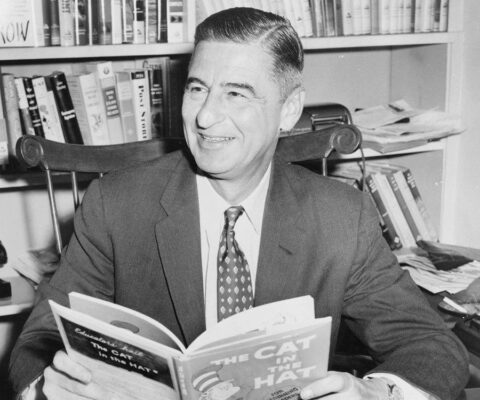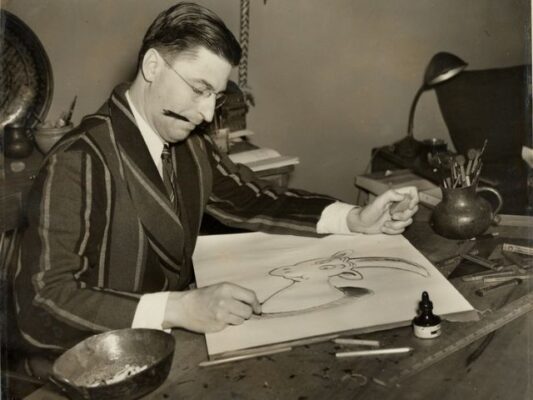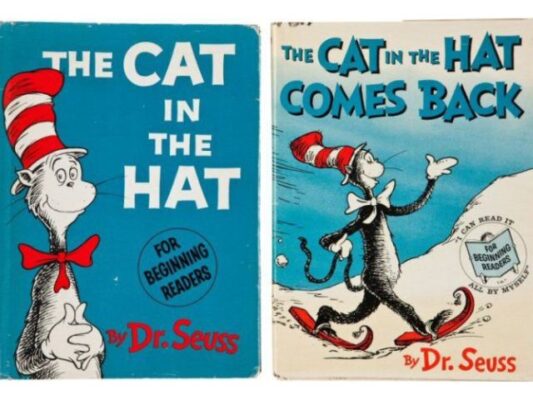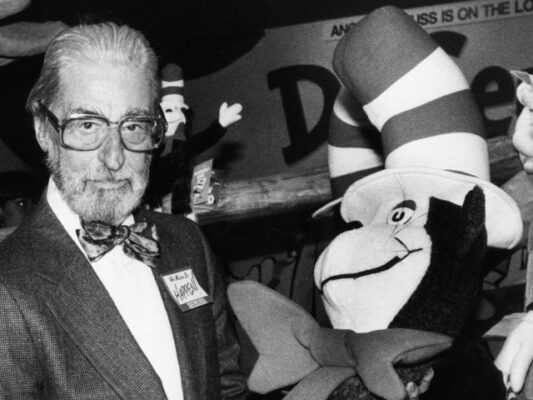Dr. Seuss, a name synonymous with whimsy and imagination, is an iconic figure in the world of children’s literature. Born Theodor Seuss Geisel on March 2, 1904, in Springfield, Massachusetts, he crafted an enchanting universe of characters and stories that continue to captivate readers of all ages.
Contents
Early Life and Career Beginnings
Before becoming Dr. Seuss, Geisel studied English literature at Dartmouth College. It was during this time that he began showcasing his knack for storytelling and illustration. However, his journey into the world of children’s literature truly began when he worked as a cartoonist and illustrator for various publications, including Vanity Fair and Life.

The Birth of Dr. Seuss
The pen name “Dr. Seuss” came into being when Geisel was caught violating Prohibition laws during his college years. As a result, he was banned from participating in extracurricular activities, including writing for the school’s humor magazine. Determined to continue contributing, he adopted the pseudonym “Seuss,” his mother’s maiden name.

Literary Masterpieces and Timeless Classics
Dr. Seuss’s breakthrough came with his first children’s book, “And to Think That I Saw It on Mulberry Street,” published in 1937. This marked the beginning of an illustrious career that would produce some of the most beloved and enduring classics of children’s literature.
The Cat in the Hat (1957) revolutionized early childhood education by introducing a fun and engaging way for young readers to learn. Dr. Seuss followed this success with numerous classics, including Green Eggs and Ham, One Fish Two Fish Red Fish Blue Fish, and Oh, the Places You’ll Go!, each contributing to his reputation as a literary genius.

A Social and Political Voice
Beyond the enchanting tales and whimsical characters, Dr. Seuss used his platform to address social and political issues. During World War II, he created political cartoons that criticized fascism and isolationism. In the 1950s and 1960s, his books began to tackle themes of equality and environmentalism, most notably in The Sneetches and The Lorax.
Enduring Legacy and Impact
Dr. Seuss’s influence extends far beyond his books. His unique blend of storytelling and illustration has inspired generations of readers to embrace creativity and individuality. The National Education Association’s annual “Read Across America” day, held on his birthday, celebrates the importance of reading, reinforcing the enduring impact of Dr. Seuss on literacy.

Controversies and Reevaluation
In recent years, Dr. Seuss’s work has faced scrutiny for certain depictions that are now considered culturally insensitive. In response, his estate decided to cease publication of six books that contained offensive imagery, acknowledging the importance of fostering a respectful and inclusive reading environment.
Dr. Seuss’s legacy is one of imagination, innovation, and inclusivity. His ability to blend entertaining narratives with meaningful messages has left an indelible mark on literature. As readers young and old continue to explore the delightful pages of Dr. Seuss’s books, they embark on a timeless journey into a world where imagination knows no bounds.

